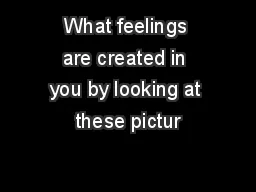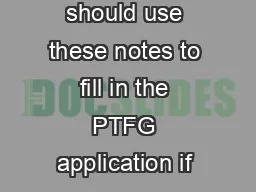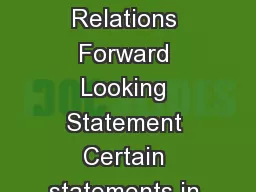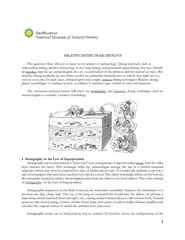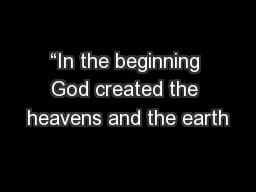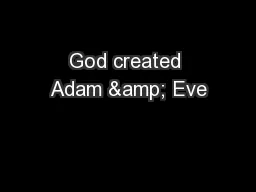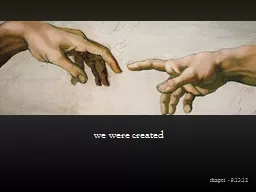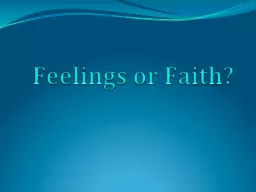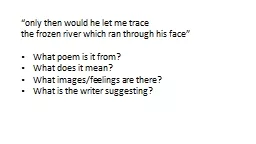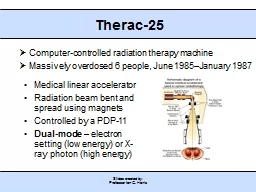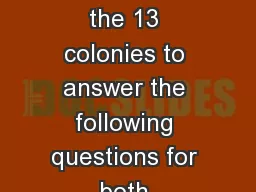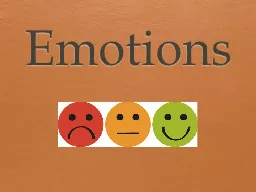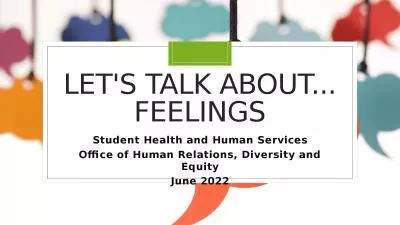PPT-What feelings are created in you by looking at these pictur
Author : stefany-barnette | Published Date : 2016-04-30
Creating Tone and Mood Through Diction Tone The attitude the writer takes toward the subject heshe is writing about or toward the reader Writercentered Tone words
Presentation Embed Code
Download Presentation
Download Presentation The PPT/PDF document "What feelings are created in you by look..." is the property of its rightful owner. Permission is granted to download and print the materials on this website for personal, non-commercial use only, and to display it on your personal computer provided you do not modify the materials and that you retain all copyright notices contained in the materials. By downloading content from our website, you accept the terms of this agreement.
What feelings are created in you by looking at these pictur: Transcript
Download Rules Of Document
"What feelings are created in you by looking at these pictur"The content belongs to its owner. You may download and print it for personal use, without modification, and keep all copyright notices. By downloading, you agree to these terms.
Related Documents

